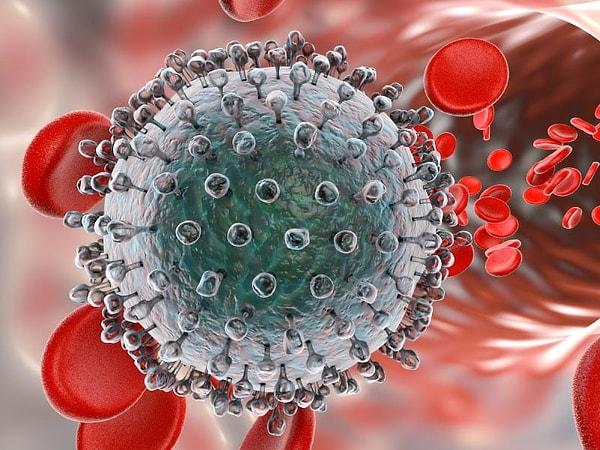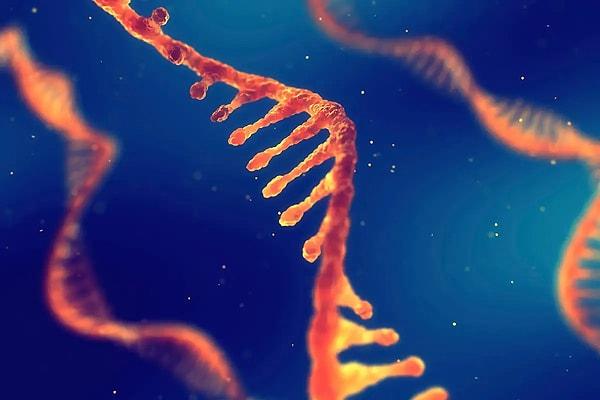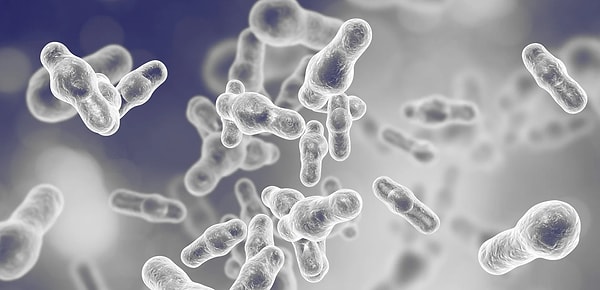Rewritten Genetic Code Enables Bacteria To Repel Viral Attacks
Just like your computer’s antivirus software, a rewritten genetic code could ward off viral attacks initiated by bacteria and viruses.

According to two researchers, a rewritten genetic code could safeguard the body from invading viruses or bacteria that require the organisms' genetic makeup to imitate. As per a pre-print published in July, this strategy could protect drug-producing bacteria from viral attacks and prevent possibly dangerous genetic traits from fleeing genetically altered organisms.
“These are important steps forward,” says synthetic biologist Ned Budisa of the University of Manitoba, who wasn’t affiliated with the research. “Both works have great technological promise.”
Almost all living things share the same genetic makeup. Codons are three-nucleotide sequences that show a cell which amino acid to insert within a protein. tRNAs then interpret the codons and carry out the commands. Each form of tRNA needs to carry a particular amino acid that it tends to add to a growing protein strand only after the appropriate codon is recognized. Cells also contain three types of stop codons, which tell them when to stop producing a protein.

Since all organisms employ the same genetic programming language, they could learn new skills by obtaining genes from other organisms. Researchers can also use the common language to input human genes into bacteria, persuading the cells to produce certain drugs like insulin. However, a universal genetic code makes cells susceptible to intruders such as viruses, which are DNA fragments that procreate from within bacteria and can transport genes between them.
Last year, University of Cambridge synthetic biologist Jason Chin and his research team advanced a few steps. They replaced the exact same stop codon in Escherichia coli (E. coli), but they provided an additional layer of defense. They replaced two amino acid serine codons inside the microbe's genome with two separate serine codons. The tRNAs which would have recognized the original serine codons were then deleted. This altered bacterial strain, known as Syn613, was unable to read the two serine codons found in invaders, allowing it to resist bacteria-infecting viruses.

The researchers put their enhanced Syn613 in an experiment by exposing it to two viruses retrieved from the River Cam in Cambridge. The researchers then found out that both killed the original Syn613 but spared the enhanced versions. They also demonstrated that, while the improved Syn613 cells were capable of exchanging a plasmid engineered to use their modified genetic code, they were unable to start sharing the plasmid with other bacteria. 'We created a form of life that doesn't read the canonical genetic code and writes its genetic information in a form that can't be read by other organisms,' Chin says.
Church and Nyerges' teams took a similar approach. Their teams modified Syn613's tRNAs so that they completely misread two of the serine codons carried by invading viruses, implanting leucine rather than serine. The modified microbes had become more resilient to the 12 viruses that scientists had extracted from samples collected when compared to the first Syn613, the team revealed in July. Church claims that the paper 'shows a way to make any organism resistant to all viruses in one step.'

Even now, he and the team are skeptical that the bugs are genetically isolated from other living organisms. 'We still need to be very careful,' Budisa says. Endy agrees, saying, 'I can't put my hand in a fire and say, 'This is a perfect firewall.'' 'It's an arms race between human ingenuity and natural biodiversity,' he says, 'and we don't know how long the race is yet to run.'
Keşfet ile ziyaret ettiğin tüm kategorileri tek akışta gör!


Send Comment